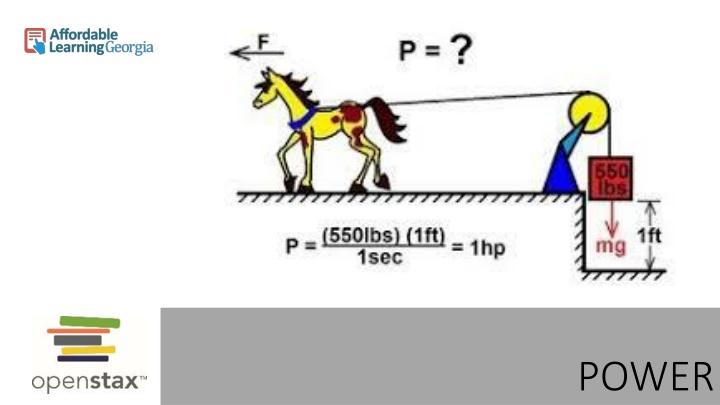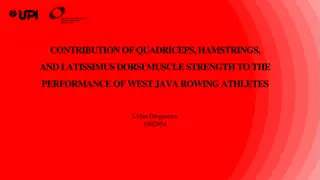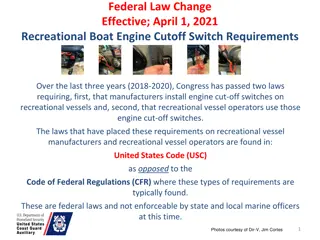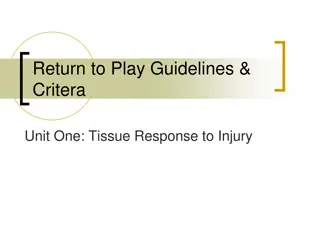Health Risks for Professional and Recreational Athletes
Addressing the risks and benefits associated with different levels of physical activity and sports participation, including the impact of long-term intensive exercise, injuries in sports, and the prevalence of sudden cardiac death among athletes. Insights from medical research and sports experts guide the discussion on maintaining a balance between physical activity and health.
Download Presentation

Please find below an Image/Link to download the presentation.
The content on the website is provided AS IS for your information and personal use only. It may not be sold, licensed, or shared on other websites without obtaining consent from the author.If you encounter any issues during the download, it is possible that the publisher has removed the file from their server.
You are allowed to download the files provided on this website for personal or commercial use, subject to the condition that they are used lawfully. All files are the property of their respective owners.
The content on the website is provided AS IS for your information and personal use only. It may not be sold, licensed, or shared on other websites without obtaining consent from the author.
E N D
Presentation Transcript
Definitions Power is the time rate at which work is done. Average power is defined as: ???= ? ? where W is the work done during the time t. The rate at which work is done may not be constant. We can define instantaneous power P as ? ??=?? ? = ??? ?? ?? 0
More details: Power is a scalar quantity The SI unit of power is the watt (W): from the definition of power 1 W = 1 J/s Sometimes another unit (non-SI) , horsepower (hp) is used: 1 hp = 746 W So what does a lightbulb rating of 100-W means? This lightbulb will convert 100 J of electric energy into light and heat at each second! Look up a power rating of your favorite electric device, estimate the amount of time it is in operation, and estimate the amount of electrical energy (in joules) it uses up in a month.
Power, even more details The unit of power is often used to define a unit of energy or work. For example, the kilowatt-hour (kWh) is the unit of electrical energy commonly used: 1 kWh = (103 J/s)(3600 s) = 3.6 x 106 J In mechanics, it is sometimes convenient to express power in terms of force and velocity. Average power: ???=? x x t= ? ???, t= ? where ? is the component of the force parallel to the displacement. Convert the estimate for the electrical energy of your device from joules to kilowatt-hours. You may also look up the Georgia Power rates and estimate how much money does it cost to operate it. P = F V
Instantaneous power, continued Instantaneous power P is the limit of the expression for average power as ?? 0: ? = ? ? And finally, we can express power in terms of a scalar product: ? = ? ?
Lets work out an example As part of a charity fund-raising drive, a Chicago marathon runner with mass 50.0 kg runs up the stairs to the top of the 443-m tall Willis Tower. To lift herself to the top in 15.0 minutes, what must be her average power output in watts? In horsepower? The amount of work she needs to do to lift herself is equal to the product of her weight and the height: W = mgh = (50.0 kg)(9.80 m/s2)(443 m) = 2.17 x 105 J The time, in seconds is 900 s, so the average power is: ???=2.17 105? = 241 ? = 0.323 ? 900 ?























